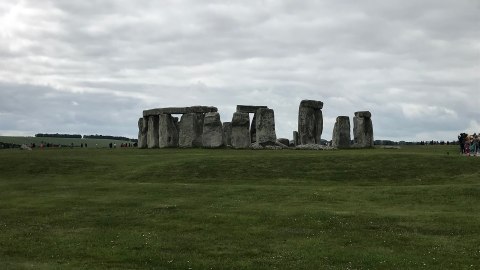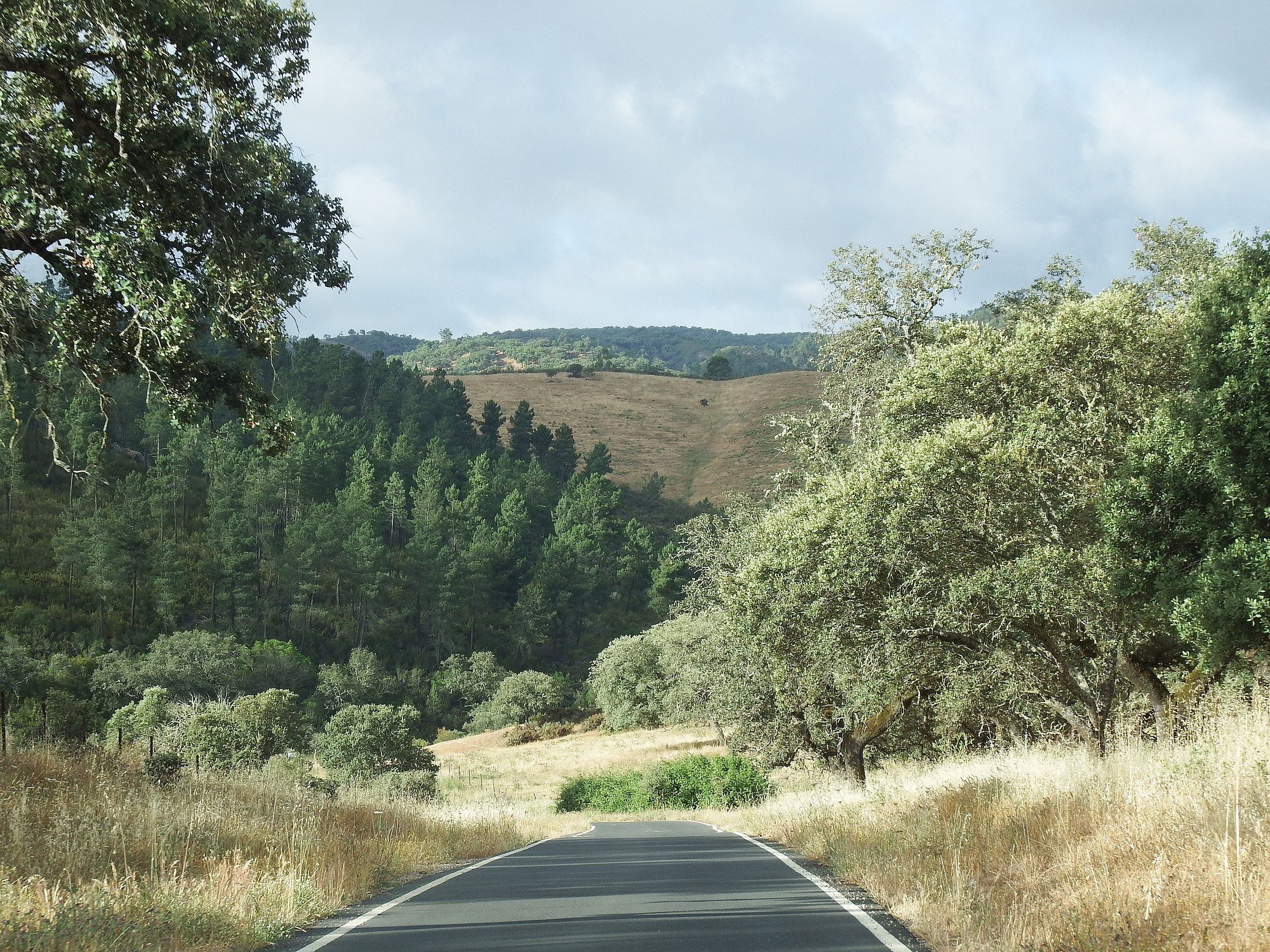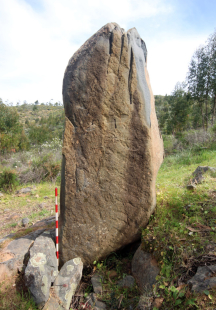Avocado farmer accidentally stumbles upon “Spanish Stonehenge”

- Several menhirs — giant manmade rocks — had been found at the farm years earlier.
- A more extensive, LiDAR-assisted search found more than 500 ancient artifacts, including tombs and necropolises.
- Unfortunately for the farmer, excavations will continue until 2026.
In La Torre-La Janera, a small stretch of land in the Huelva province near the Guadiana River in southern Spain, a farmer asked the Junta de Andalucía, his regional government, for permission to plant 600 hectares of avocados. In any other circumstance, the Junta would have approved this request right away. Upward of 97% of Spain’s avocados are grown in Andalucía, after all, making the crop an indispensable part of the region’s economy.
This time, though, the Junta decided an archaeological survey would have to be conducted first. A previous survey of La Torre-La Janera was conducted in 2018 to investigate claims from local residents who said they had seen strange-looking stones on the avocado farm’s hillside. Upon closer inspection, those stones turned out to be menhirs: oval-shaped, manmade stones created during the Bronze Age.
Even back then, surveyors suspected that more menhirs could be hiding on the avocado farm, yet they were in no particular hurry to investigate. When the farmer proposed his plan to grow avocados, however, the Junta made plans to search every nook and cranny. A second, far more extensive survey took place from 2020 to 2021. To the Junta’s delight — and perhaps the avocado farmer’s chagrin — this survey produced more finds than anyone involved possibly could have imagined.
“Spanish Stonehenge”
“Now this survey has borne fruit of a rather different sort envisaged by the farmer,” The Olive Press, a newspaper for expats living in Spain, jokingly reported on the day that those finds were announced to the public. Combined use of aerial photography and LiDAR (short for “light detection and ranging”) technology unearthed a grand total of 526 menhirs and five dolmens. The surveyors also found three circular burial sites, a quarry, and four necropolises.
Several of those terms are familiar only to archaeologists. Dolmens are comprised of menhirs, placed together to form roofed tombs. Cists are made up of menhirs, too, but instead of roofed tombs, they form structures shaped like coffins. Similar to dolmens, cists most likely were used to bury the dead. Quarries are places where rocks or minerals are extracted from the surface, while necropolises were the cemeteries of the ancient world.

According to José Antonia Linares, an archaeologist from Huelva University who spoke to LiveScience about the survey’s findings, several structures at the La Torre-La Janera farm appear to be arranged in a pattern that is unlike anything seen in the Iberian Peninsula. In their headline, LiveScience refers to the excavation site as a “Spanish Stonehenge” — a title not without cause, as the avocado farm contains some of the largest megaliths ever found on the European mainland.
Dating the megaliths
Megaliths have been found all over Europe, from the fjords of Scandinavia and the heartland of the British islands to the shores of the Mediterranean Sea and, as is now clear, even the hills of southern Spain. It is believed that the practice of hewing and placing giant boulders for the purpose of burying and commemorating the dead spread across the continent during the Neolithic period via waves of human migration, possibly from the Near East.
Studying the origins and evolution of this ancient practice has proven difficult for many reasons. First and foremost, the Neolithic period lasted a very long time, from 10,000 to 2200 BC. On top of this, the majority of megaliths lack the organic material necessary to date them with any degree of accuracy. The estimates that archaeologists work with are based on analyses not of the rocks, but of materials buried near them, which tend to be between 3,000 and 6,500 years old.

So far, no human remains have been identified at La Torre-La Janera. While Lineras and his team have yet to fully investigate the tombs and their contents, they do not expect to stumble upon a large number of remains. If the tombs contained skeletons at one point in the past, those skeletons are unlikely to have been preserved by the Andalucía’s acidic soil, which tends to favor avocados over human bones. Still, the researchers believe some of the megaliths date back to the 6th century BC.
Tombs and cosmic clocks
Linares further discusses the chronology of La Torre-La Janera in an article written for the Spanish journal Trabajos de Prehistoria. In this (untranslated) article, Linares distinguishes between individual burials, which probably took place between 2300 and 1900 BC, and collective burials, which are much, much older.
But the megaliths were not used for burials only. Linares also considers territorial, ritual, and astronomical purposes. In La Torre-La Janera, the menhirs were placed at spots that provide excellent visibility over the valley below. Like their counterparts at Stonehenge, they also seem to line up with important astronomical events like the solstices and equinoxes. Perhaps these structures, aside from being tombs, also functioned as cosmic clocks that told their builders when to prepare for seasonal festivities.
Excavations will carry on at La Torre-La Janera until 2026 — bad news for the unnamed avocado farmer, but good news for the archaeological community.





